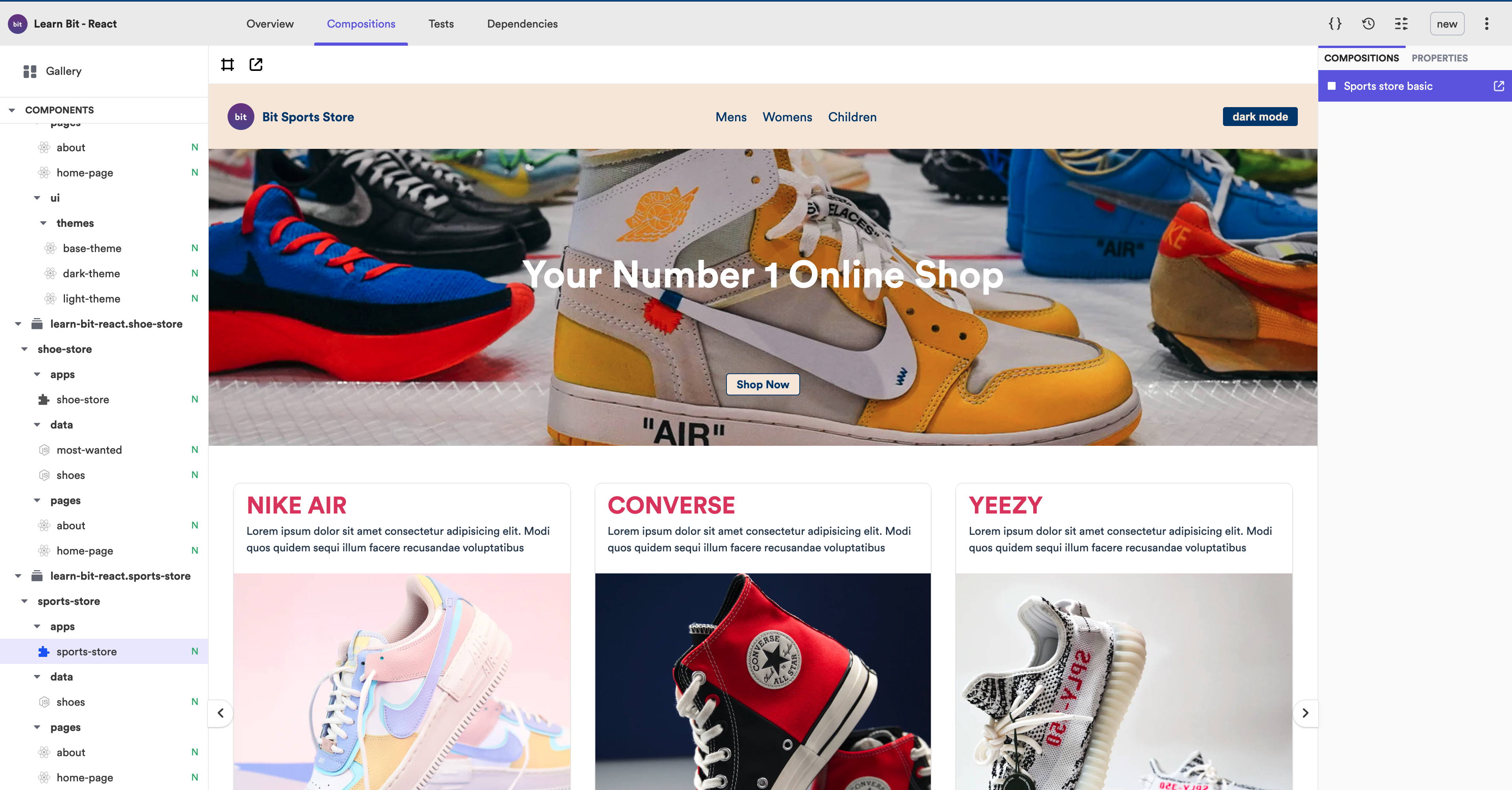Documentation | Platform | Learn
Build components first
Open infrastructure for component-driven applications to speed and scale development
What is Bit?
Bit is an OSS Infrastructure for building and composing components. It is an extensible toolchain for component-driven applications / systems which are faster to develop, simpler to understand, test, and maintain, more resilient and performant, and easier to collaborate on.
Instead of building an application that has many components, Bit lets you develop components outside of any application and use them to compose many applications from the bottom up. An application is just a deployed composition of components. You can add and remove components from applications to extend or change their functionality. All components can be reused in many different applications.
Key Features
-
Workspace is the foundation of Bit. It is where you develop and compose components. It lets you build fully distributed projects with a simple monolithic-like dev…




.png)




